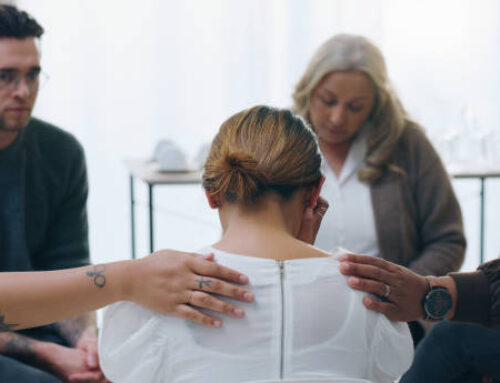It’s hard not to notice that a lot of life’s events revolve around alcohol. Social gatherings, meals out, gifts and social media are constantly filled with booze. It’s hard to escape the social pressure everyone faces when it comes to drinking habits.
According to the National Institute on Alcohol Abuse and Alcoholism (NSDUH), an estimated  88,000 people (approximately 62,000 men and 26,000 women) die from alcohol-related causes annually, making alcohol the third leading preventable cause of death in the United States. The first is tobacco, and the second is poor diet and physical inactivity.
88,000 people (approximately 62,000 men and 26,000 women) die from alcohol-related causes annually, making alcohol the third leading preventable cause of death in the United States. The first is tobacco, and the second is poor diet and physical inactivity.
In 2014, alcohol-impaired driving fatalities accounted for 9,967 deaths (31 percent of overall driving fatalities).
Drinking Culture Explained
Going out for drinks is a popular pastime for singles, couples, professionals, and casual encounters. It makes people feel grown-up, glamourous, and it provides an escape from the stresses of everyday life. Tough day at work? Let’s hit happy hour. Stressful home life? Escape to the bar. Exciting news? Let’s celebrate with cocktails! Alcohol has been the rallying cry for everything from celebrations to medicating depression and everything in between. And while not everyone who indulges in alcohol qualifies as an alcoholic, the line between high-functioning alcoholism and healthy indulgence can be blurry. And since drinking is such an enormous part of our society, it’s easy for people to justify heavy drinking and tougher to admit unhealthy behaviors.
According to the 2015 National Survey on Drug Use and Health (NSDUH), 86.4 percent of people ages 18 or older reported that they drank alcohol at some point in their lifetime; 70.1 percent reported that they drank in the past year; 56.0 percent reported that they drank in the past month.
In 2015, 26.9 percent of people ages 18 or older reported that they engaged in binge drinking in the past month; 7.0 percent reported that they engaged in heavy alcohol use in the past month.
“Looking back now, I’ve probably behaved alcoholically my whole life,” said Michael, a New England Recovery Center former client who overcame alcoholism. “I worked, I drank, and I went to sleep, if you can call it that. It got to the point where I desperately wanted to stop drinking.”
Binge Drinking Defined
According to a 2015 survey by the NSDUH, 15.1 million adults ages 18 and older had Alcohol Use Disorder (AUD). This includes 9.8 million men and 5.3 million women.
A “standard drink” is 12 ounces of beer with five percent alcohol, five ounces of wine with 12 percent alcohol, or 1.5 ounces of 80-proof liquor. With the advent of craft brews and specialty cocktails, many drinks are well over that amount and many drinkers don’t realize that.
In a bar or a restaurant, it’s a little bit easier to keep track of how many drinks one is having, especially when the bill comes around or you’re planning a safe way to get home after. But at home, it’s easy to completely forget how much is consumed while sitting on the couch, not thinking about racking up the bill or needing to call an Uber.
All of these scenarios lead to a specific point: that it’s easy to use alcohol as a way of ignoring deeper issues, to cling to societal expectations of drinking as a means to conceal alcoholism or justify it. Anybody can be an alcoholic – from the successful lawyer to the stay-at-home-mom to the straight A college student. If you’re wondering if you’ve crossed the line between healthy and unhealthy drinking, consult with a doctor. If you’ve reached the point where you want to stop drinking and feel like you cannot, there are treatment resources available to help.
You can check out more of Michael’s testimonial about his struggle with alcoholism on the New England Recovery Center YouTube.










